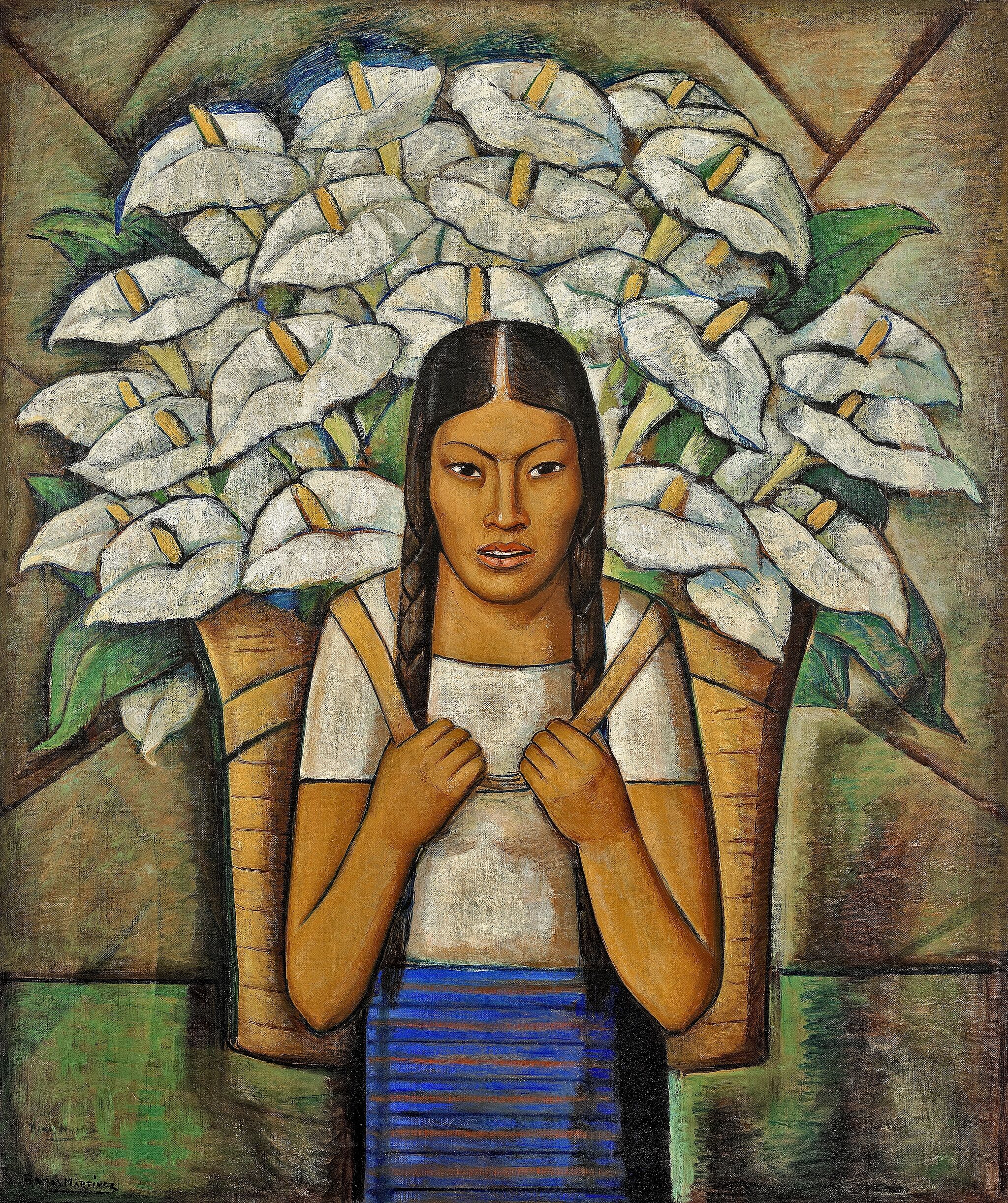Eitarō Ishigaki, The Bonus March, 1932
Jan 22, 2020
0:00
Eitarō Ishigaki, The Bonus March, 1932
0:00
ShiPu Wang: In the summer of 1932 some 15,000 to 17,000 World War I veterans traveled from all over the country to the nation's capital.
Narrator: ShiPu Wang is the Coates Family Chair in the Arts and Professor of Art History and Visual Culture at the University of California, Merced.
ShiPu Wang: They wanted to ask Congress to allow them to redeem their bonus certificates that were rewarded to them for their service by Congress in 1924, but were designated to be redeemable only in 1945.
Eitaro Ishigaki's painting represents a conflict between the marchers and the DC police and army. Ishigaki pictorially sided with the marchers by putting two muscular marchers in the foreground. The African American figure dominates the composition and in effect, stares down the artillery tank and even the capitol building.
As a Japanese immigrant, Ishigaki lived in what is called an exclusion era during which exclusionary laws restricted or suppressed immigrants—and particularly Asian immigrants' rights to property, immigration, and naturalization. This painting seems to be his statement of not only highlighting the Black veterans' contributions to his country and their participation in the march, but also a kind of alliance with people of color.

